Synopsis
Schools science programme where topics in the double science curriculum are broken down into small chunks.
- Programme: Curriculum Bites
- Series: KS4
- Episode: Double Science: 1
- Channel: CBBC
- Broadcast year: 2003
- Science
Licence: ERA Licence required
UK only
Staff and students of licensed education establishments only
Cannot be adapted
Add Notes
More clips from Curriculum Bites
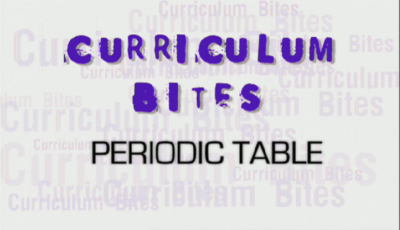
Arrangement of the Periodic Table | Curriculum Bites
Arrangement of the Periodic Table | Curriculum Bites
Spec references J248: C2.2a, C2.2b, C2.2c J250: C2.2a, C2.2b, C2.2c. This video explains the arrangement of the periodic...
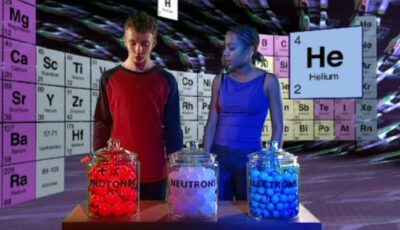
Atomic Structure - Building an Atom | Curriculum Bites
Atomic Structure - Building an Atom | Curriculum Bites
Spec references J248: C1.2b, C1.2d, C1.2e J250: C1.2b, C1.2d, C1.2e. How can an atom be completely described by the in...
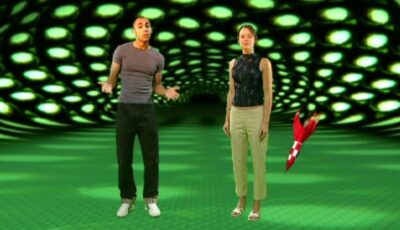
Balanced and unbalanced forces | Curriculum Bites
Balanced and unbalanced forces | Curriculum Bites
Spec references J249: P2.2b J250: P2.2b. Addresses misconception that objects with a force acting on them must move. Refram...
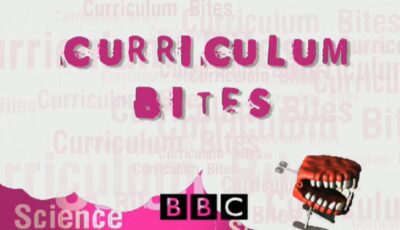
Breathing | Curriculum Bites
Breathing | Curriculum Bites
Schools science programme where topics in the double science curriculum are broken down into small chunks.

Cells | Curriculum Bites
Cells | Curriculum Bites
Schools science programme where topics in the double science curriculum are broken down into small chunks.

Circuits | Curriculum Bites
Circuits | Curriculum Bites
Schools science programme where topics in the double science curriculum are broken down into small chunks.
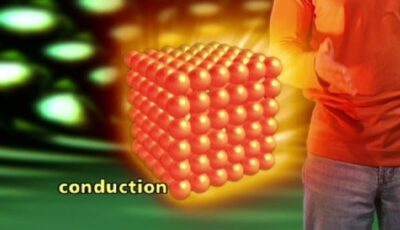
Conduction, convection and radiation and insulation. | Curriculum Bites
Conduction, convection and radiation and insulation. | Curriculum Bites
Spec references J249: P5.2a, P5.2f J250: P5.2a, P5.2f. Conduction, convection and radiation, and ho...
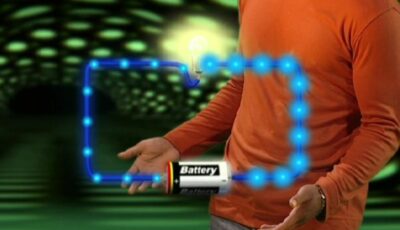
Current in series and parallel circuits | Curriculum Bites
Current in series and parallel circuits | Curriculum Bites
Spec references J249: P3.2a, P3.1f J250: P3.2a, P3.1e . Animated explanation of a current in series and parallel c...
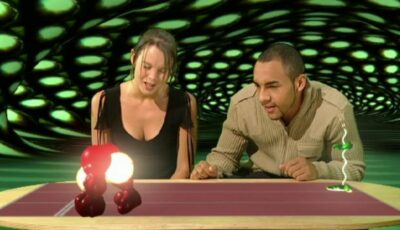
Descriptive treatment of the relative speeds of alpha, beta and gamma | Curriculum Bites
Descriptive treatment of the relative speeds of alpha, beta and gamma | Curriculum Bites
Spec references J249: P6.1l J250: P4.3l. Animation and description of relative speed...
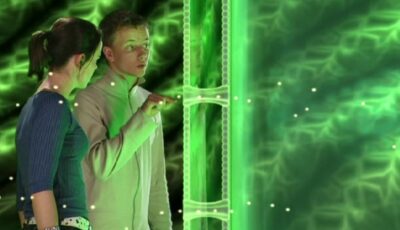
Diffusion | Curriculum Bites
Diffusion | Curriculum Bites
Spec references J247: B2.1a J250: B2.1a. Definition of diffusion and what substances go into the cell.
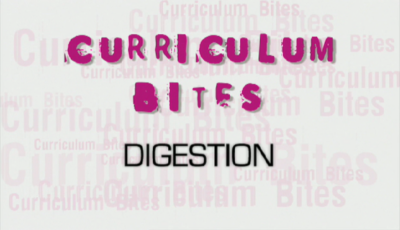
Digestion | Curriculum Bites
Digestion | Curriculum Bites
Schools science programme where topics in the double science curriculum are broken down into small chunks.
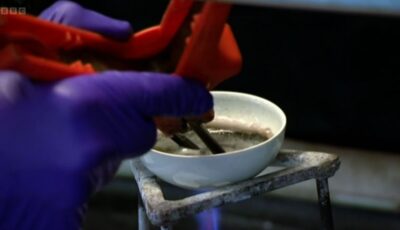
Electrolysis - Discovery of Potassium | Curriculum Bites
Electrolysis - Discovery of Potassium | Curriculum Bites
Spec references J248: C3.4b J250: C3.4b. Professor Jim Al-Khalili recreates the electrolysis experiment that lead to...

Elements | Curriculum Bites
Elements | Curriculum Bites
Schools science programme where topics in the double science curriculum are broken down into small chunks.

Energy | Curriculum Bites
Energy | Curriculum Bites
Schools science programme where topics in the double science curriculum are broken down into small chunks.

Forces & Motion | Curriculum Bites
Forces & Motion | Curriculum Bites
Schools science programme where topics in the double science curriculum are broken down into small chunks.
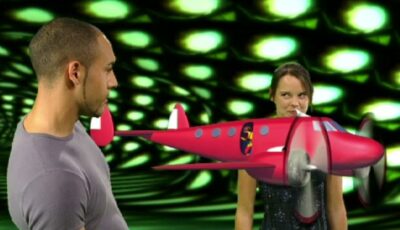
Forces on a sky diver and terminal velocity | Curriculum Bites
Forces on a sky diver and terminal velocity | Curriculum Bites
Spec references J249: P2.2f J250: P2.2f. Speed time graph for a parachutist and terminal velocity (no parachu...
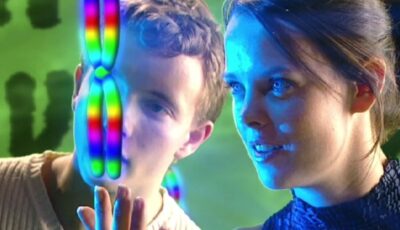
Inheritance | Curriculum Bites
Inheritance | Curriculum Bites
Spec references J247: B5.1h, B5.1i J250: B5.1f, B5.1g. Chromosomes come in pairs except for in sperm and egg cells and why, chromosomes have g...
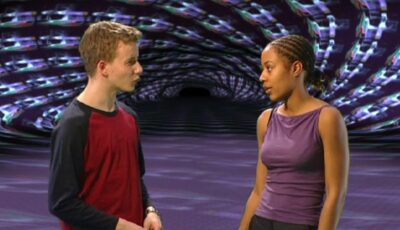
Introduction to Atoms | Curriculum Bites
Introduction to Atoms | Curriculum Bites
Spec references J248: C1.1a J250: C1.1a. This video provides an introduction to the concept that all materials are composed of atoms...

Mass & Atomic Structure | Curriculum Bites
Mass & Atomic Structure | Curriculum Bites
Schools science programme where topics in the double science curriculum are broken down into small chunks.

Nuclear radiation - what are alpha, beta and gamma radiation? | Curriculum Bites
Nuclear radiation - what are alpha, beta and gamma radiation? | Curriculum Bites
Spec references J249: P6.1d J250: P4.3d. Animation and explanation of alpha, beta and gamma ...
More resources about DNA, genes and chromosomes
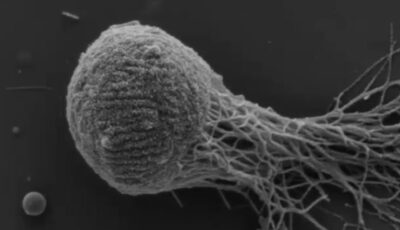
1: The Book of Life | The Gene Code
1: The Book of Life | The Gene Code
Adam Rutherford explores how the entire human genome was decoded, discovering that every human carries the entire story of life on earth ...
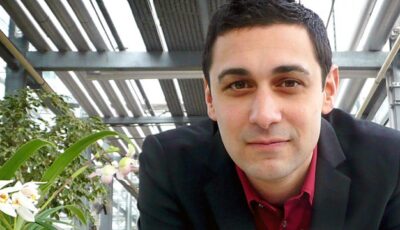
Unlocking The Code | The Gene Code
Unlocking The Code | The Gene Code
Dr Adam Rutherford takes the viewer on a rollercoaster ride as he explores the consequences of one of the biggest scientific projects of a...

5: What Is the Secret of Life? | The Story of Science: Power, Proof and Passion
5: What Is the Secret of Life? | The Story of Science: Power, Proof and Passion
How the secret of life has been examined through the prism of the most complex organism known...
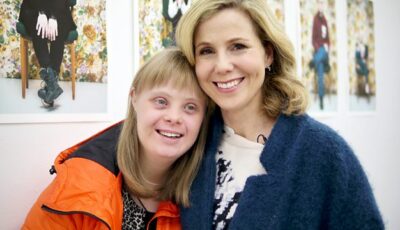
A World Without Down's Syndrome?
A World Without Down's Syndrome?
Documentary about Down's syndrome and the ethics of pregnancy screening, exploring the thinking around the proposed new screening test and i...
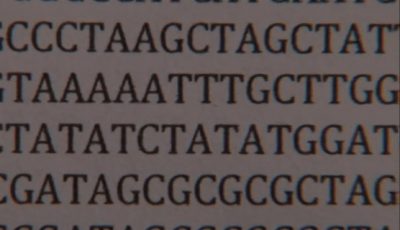
DNA Discovery | The Gene Code
DNA Discovery | The Gene Code
How does the DNA code work?
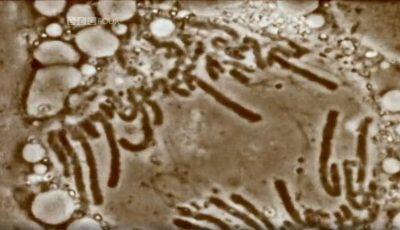
The discovery of chromosomes | The Cell
The discovery of chromosomes | The Cell
Adam Rutherford explores how scientists used better microscopes and new chemical dyes to discover and name chromosomes.

02: Predictor | How to Build a Human
02: Predictor | How to Build a Human
A look at the veracity of scientists' claims that they are on the verge of being able to predict our futures by analysing our genes and ...
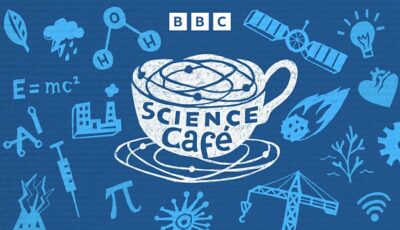
10/05/2016 | Science Cafe
10/05/2016 | Science Cafe
Adam Walton looks at the work of the National Centre for Mental Health in Cardiff, where scientists are exploring the question of whether genes aff...

2: Unlocking the Code | The Gene Code
2: Unlocking the Code | The Gene Code
Adam Rutherford shows how decoding the human genome has led us to begin to understand the very process by which our DNA makes each one ...
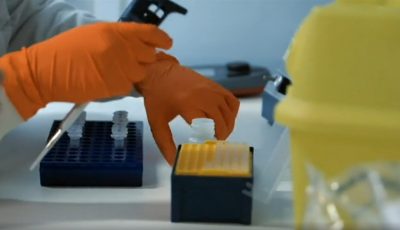
A new type of screening | A World Without Down's Syndrome?
A new type of screening | A World Without Down's Syndrome?
Sally Phillips discusses a new, and far more accurate, type of embryo screening for Down's Syndrome with the profe...
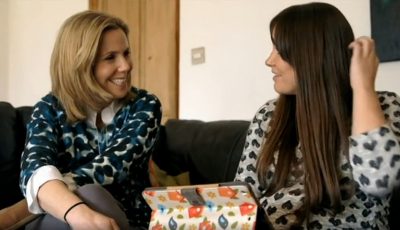
Choices about abortion | A World Without Down's Syndrome?
Choices about abortion | A World Without Down's Syndrome?
Sally Phillips meets a mother who chose to abort her child after a Down's Syndrome diagnosis and reflects on what s...
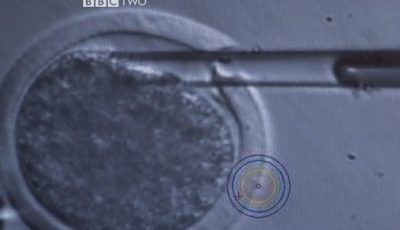
Clones | i-Science
Clones | i-Science
Daphne and Barbara are so similar because they are clones, two people who have exactly the same genetic makeup. When their mother was pregnant, her fertil...

Genome sequencing | A World Without Down's Syndrome?
Genome sequencing | A World Without Down's Syndrome?
Sally Phillips talks to Razib Khan, the first scientist in the world to fully sequence an embryo's DNA.
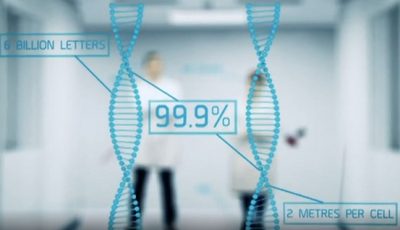
How many genes do we have compared to a banana? | Dara O'Briain's Science Club
How many genes do we have compared to a banana? | Dara O'Briain's Science Club
Dara O'Briain explores how many genes humans have in common with mice, fruit flies, and bananas.
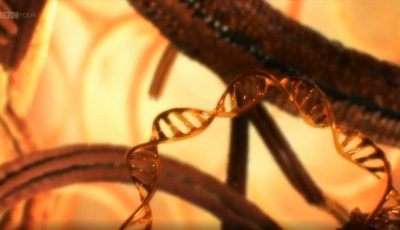
Key parts of the cell | Secret Universe: The Hidden Life of the Cell
Key parts of the cell | Secret Universe: The Hidden Life of the Cell
An amazing visualisation of the cell's structure, and how DNA works within it.
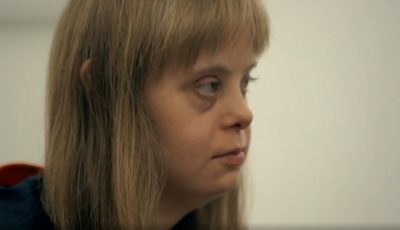
Living with Down's Syndrome in Iceland | A World Without Down's Syndrome?
Living with Down's Syndrome in Iceland | A World Without Down's Syndrome?
A young woman with Down's Syndrome talks about living with the condition in Iceland, a country wher...

Medical attitudes to Down's Syndrome | A World Without Down's Syndrome?
Medical attitudes to Down's Syndrome | A World Without Down's Syndrome?
A mother of a child with Down's Syndrome gives a talk about problems with how the medical profession ...
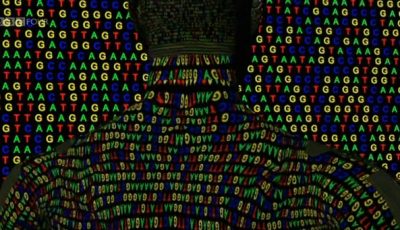
Our genetic code | The Gene Code
Our genetic code | The Gene Code
The human genome is the total of our hereditary information, the complete list of every single one of the three billion bases in our DNA.

Sickle cell disease | Storyville
Sickle cell disease | Storyville
Sickle cell disease is an inherited disease, caused by a single change in the DNA sequence.
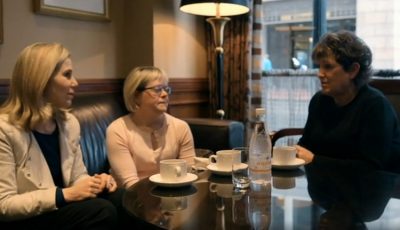
The ethics of genetic screening | A World Without Down's Syndrome?
The ethics of genetic screening | A World Without Down's Syndrome?
A genetics expert talks about the ethics of screening and a Down's Syndrome activist talks about how to pr...
